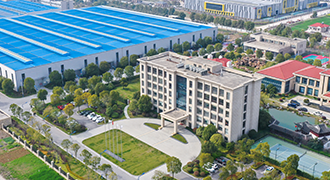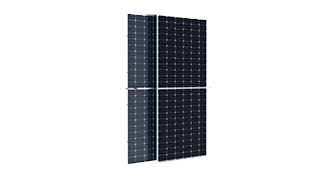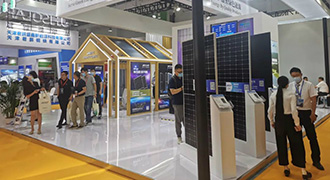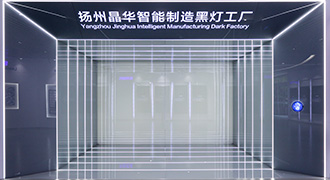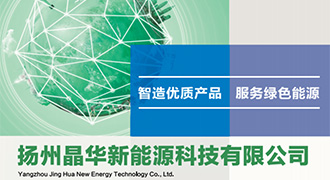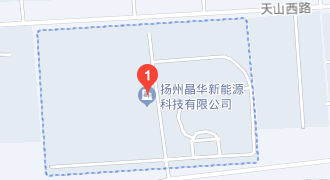Introduction to UV+TC composite environmental testing of photovoltaic module components
发布日期:2018-05-17 浏览次数:
The backplane in photovoltaic crystalline silicon modules is an important packaging material for protecting the battery cells of the modules, and plays a crucial role in the safety, long-term reliability, and durability of the modules. When it directly touches the outdoor environment, aging of the backplane material can accelerate the failure of the components, ultimately leading to the inability to ensure the stability and durability of the solar cell. Therefore, the backplane needs to have a variety of balanced functions such as good mechanical strength and toughness, weather resistance, insulation, water vapor insulation, corrosion resistance, and wind sand wear resistance. In particular, the weather resistance function has always been the key point of backplane inquiry.
Currently, the methods for querying the aging resistance of the backplane are basically based on the relevant aging test methods specified in IEC 61215-2:2016 and IEC 62788-2:2017: MQT10: UV pretreatment test, MQT11: temperature cycle test, MQT13: damp heat test, and high temperature and humidity light aging test.
The inspection cycle of these projects is relatively long, often unable to meet the rapid development of photovoltaic work malls nowadays. Huayang Testing Laboratory is forward-looking in the aging test of components. In order to better query the aging function of the backplane, Huayang Testing opened the UV+DH composite environment test, and then introduced a composite aging environment test box - UV+TC composite environment test box.
1、 Material aging inspection requirements
In order to better measure the reliability of the backplane, material manufacturers initially conduct various intensified aging tests. For example, the UV aging test has increased from at least 15 kWh · m-2 (wavelength between 280 nm and 400 nm) required by the specification to 120 kWh · m-2240 kWh · m-2, and some customers require 360 kWh · m-2, even 540 kWh · m-2. The damp heat test has also been increased from 1000 hours to 2000 hours, and even double 95 (temperature 95 ℃, humidity 95%) inspections have been conducted; Temperature cycle test: Increase from 200 cycles to 400 cycles or even to 600 cycles at temperatures ranging from - 40 ℃ to 85 ℃. The method of simply extending the inspection cycle not only affects the timeliness of testing, but also increases the inspection costs of raw material manufacturers. Therefore, the advantages of combined environmental testing such as UV+TC are particularly obvious, which can avoid prolonging the testing cycle and greatly reduce the inspection costs of manufacturers.
The following figure shows the cracking elongation data of backplane materials from different manufacturers after conducting temperature cycling tests. It takes two months to complete the 400 temperature cycling tests. If the inspection is tightened, the inspection time will be longer.
Huayang Test UV+TC composite aging environment box is to merge two independent aging tests (UV+TC) and complete two test items (UV+TC) to work together. That is, ultraviolet aging testing at temperatures ranging from - 40 ℃ to 85 ℃ can be widely used for weather resistance testing of photovoltaic connectors, photovoltaic backplanes, and photovoltaic modules (small standards).
The useful area irradiated by the UV+TC composite aging environment box is 1m × 1m, UV irradiation intensity 150W/m ²~ 250W/m ², The total cumulative irradiation amount can be set at a scale of 15kWh/m ²~ 120kWh/m ²。 The total UV irradiation amount and inspection timing can be adjusted as needed. By combining temperature cycling test with ultraviolet test and conducting accelerated aging test on the sample, it is possible to screen photovoltaic materials with better performance in a relatively short time.
The UV+TC composite aging environment box can meet stricter inspection conditions, making components such as the back panel closer to the outdoor complex application environment during the inspection process, making the manufacturer's long-term warranty for the product more convincing.
2、 Conclusion
Up to now, more and more material manufacturers have initially paid attention to and opened the testing work of composite test projects, and it is believed that in the near future, composite aging testing will be included in the conventional testing projects.
Huayang Testing will always pay attention to the development trend of photovoltaic work, develop new testing equipment together with testing equipment manufacturers, and provide the most reliable service for the verification of the quality of photovoltaic work products.
